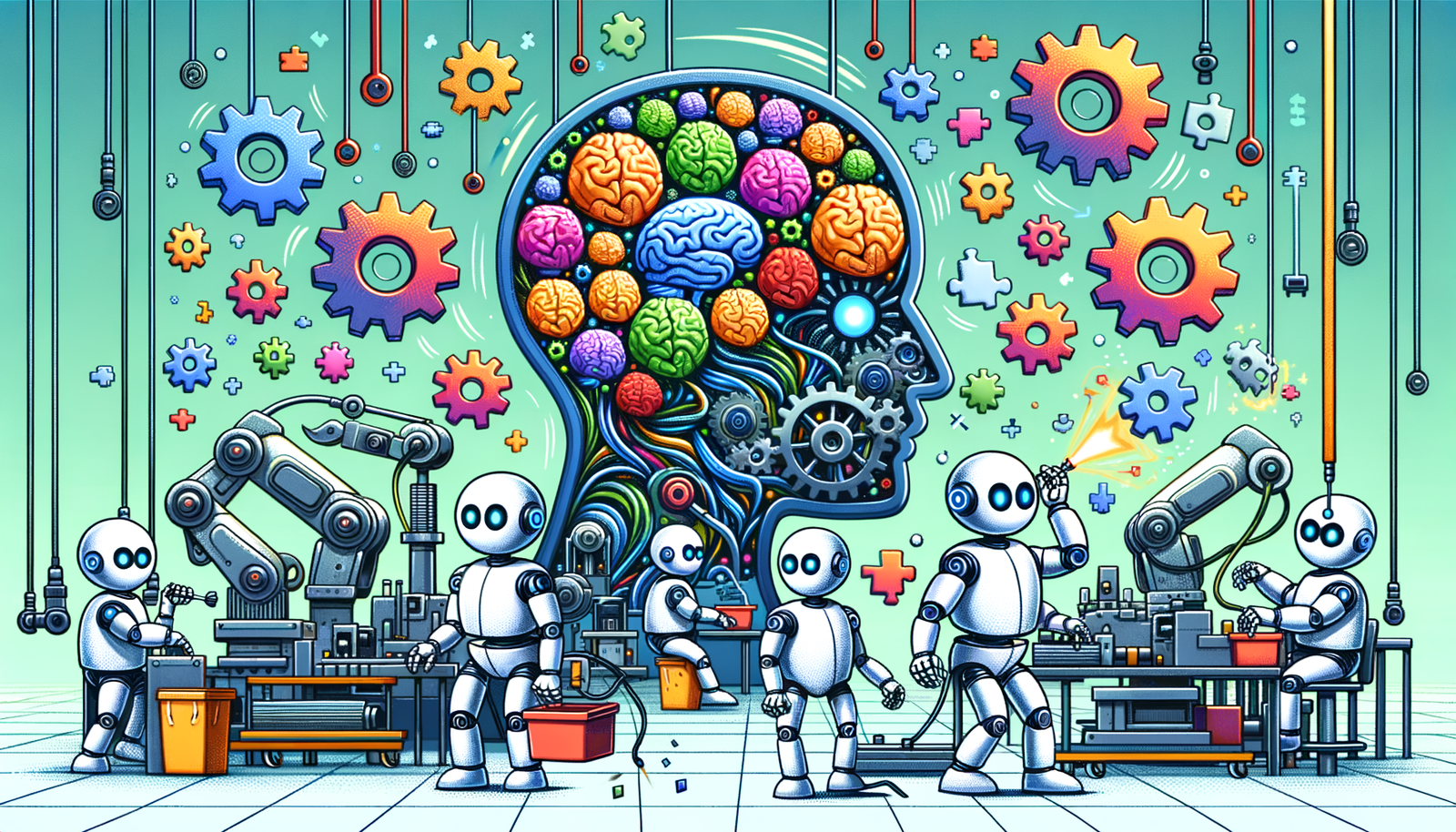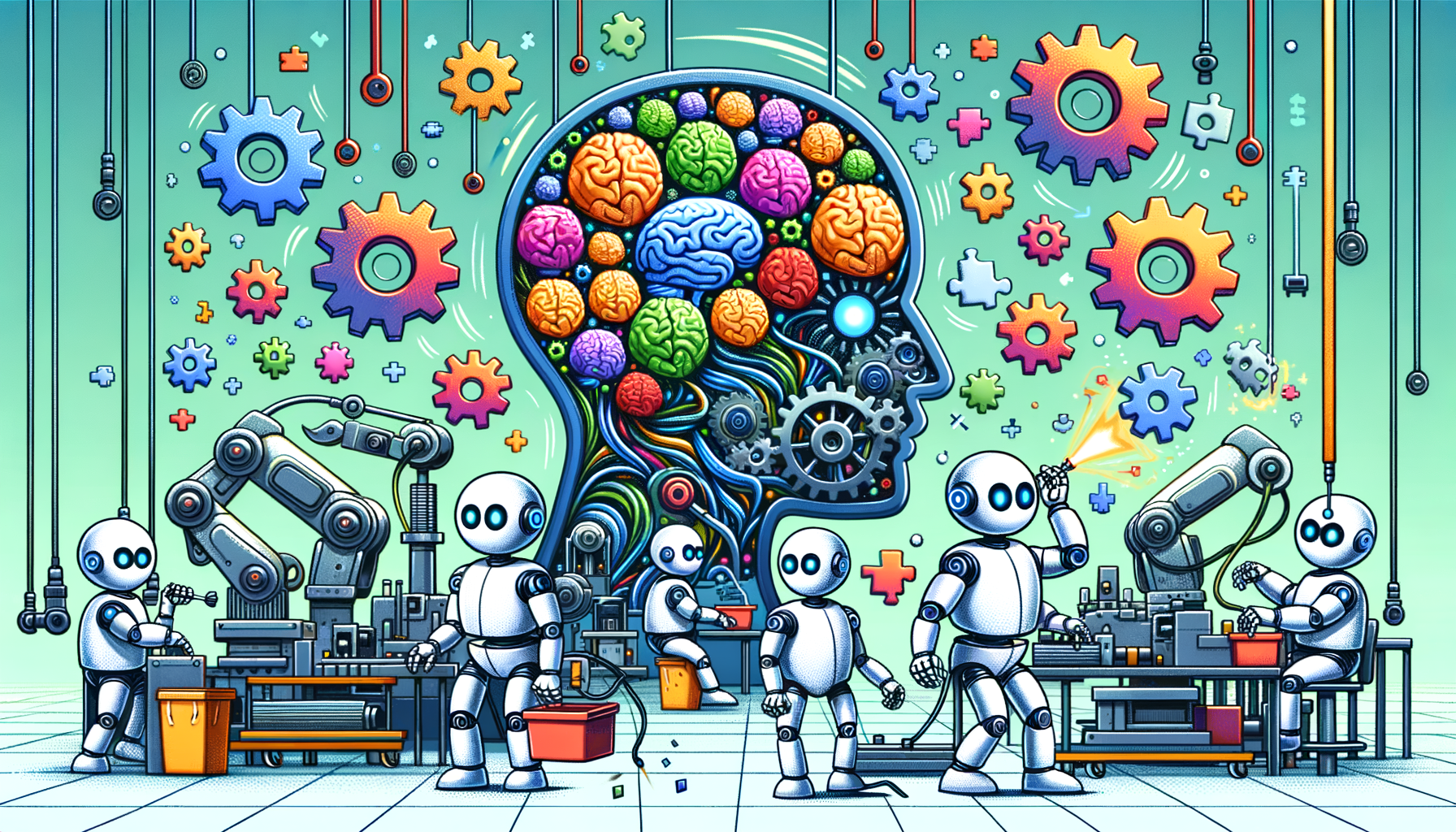Your Cart is Empty
Customer Testimonials
-
"Great customer service. The folks at Novedge were super helpful in navigating a somewhat complicated order including software upgrades and serial numbers in various stages of inactivity. They were friendly and helpful throughout the process.."
Ruben Ruckmark
"Quick & very helpful. We have been using Novedge for years and are very happy with their quick service when we need to make a purchase and excellent support resolving any issues."
Will Woodson
"Scott is the best. He reminds me about subscriptions dates, guides me in the correct direction for updates. He always responds promptly to me. He is literally the reason I continue to work with Novedge and will do so in the future."
Edward Mchugh
"Calvin Lok is “the man”. After my purchase of Sketchup 2021, he called me and provided step-by-step instructions to ease me through difficulties I was having with the setup of my new software."
Mike Borzage
Harnessing AI for Revolutionary Outcomes: Exploring Generative Design in Modern Industries
May 08, 2024 3 min read


Introduction to Generative Design and AI
Generative design is an iterative design process that harnesses the power of artificial intelligence (AI) to conceive and refine designs based on a set of programmed criteria and constraints. At its core, generative design leverages algorithms to explore a vast array of design possibilities, identifying solutions that might be beyond human consideration. AI serves as the engine driving this creative exploration, processing complex data and learning from each iteration to evolve designs toward optimal outcomes.
The roots of generative design can be traced back to the advent of computer-aided design (CAD), but it has significantly evolved with advancements in AI and computational power. This evolution has opened doors to new possibilities in product development, enabling designers to tackle complex challenges with unprecedented efficiency and innovation.
Generative design offers numerous benefits, including the ability to quickly generate numerous design alternatives, optimize for materials and manufacturing processes, and significantly reduce development time. The scope of this article is to delve into how AI-driven generative design is revolutionizing the industry, transforming the way products are conceived, designed, and brought to market.
The Generative Design Process
The generative design process is a sophisticated endeavor that commences with the careful definition of design goals and parameters. These foundational elements dictate the direction of the AI algorithms, which then proceed to generate a multitude of design alternatives. Each of these alternatives is analyzed and optimized based on criteria such as performance, cost, materials, and manufacturability.
AI plays a pivotal role in enhancing each stage of the generative design process. Through machine learning and evolutionary algorithms, AI can rapidly evaluate and iterate on design options, learning from each cycle to improve the subsequent generation of designs. This not only enhances the efficiency of the design process but also leads to innovative solutions that may not have been discovered through conventional means.
The iterative nature of generative design is one of its most significant advantages. Unlike traditional design methods, which may be linear and constrained by the designer's imagination or biases, generative design is dynamic and exploratory. It enables designers to consider a broader range of possibilities and arrive at solutions that are highly optimized for the given constraints and goals.
Applications and Case Studies
Generative design has found applications in a variety of industries, making notable impacts in fields such as aerospace, automotive, and consumer products. These sectors have embraced the methodology for its ability to create complex, performance-optimized components and products that are often lighter and more efficient than those created through traditional methods.
Case studies in these industries have demonstrated the tangible benefits of generative design. For instance, generative design has been used to create automotive components that are significantly lighter, helping to improve fuel efficiency and reduce emissions. Aerospace companies have leveraged the technology to design optimized structural components that withstand immense stresses while minimizing weight.
The comparison of traditional and generative design outcomes reveals stark contrasts, emphasizing the cost, time, and material savings generative design achieves. The iterative process often results in designs that use less material without compromising on strength or performance, which is critical in manufacturing-intensive sectors.
Looking ahead, the applications of generative design are expected to expand further, encompassing more industries and potentially changing the landscape of product development. The scope and reach of generative design continue to grow as technology advances, promising exciting possibilities for the future.
Challenges and the Future of Generative Design
Despite its potential, the adoption of generative design is not without challenges. One significant hurdle is the high computational requirements necessary to run the sophisticated simulations and algorithms. Additionally, there is a skill gap in the workforce, as many engineers and designers may not be familiar with the latest tools and methodologies associated with AI-driven design.
Sustainability is an area where generative design is poised to make a significant impact. By optimizing material usage and enabling the creation of more efficient products, generative design supports eco-friendly product development. This alignment with sustainability goals is a driving force behind the technology's adoption in various industries.
The future of generative design software and AI capabilities look bright, with ongoing advancements expected to enhance the power and accessibility of these tools. As the technology becomes more sophisticated, it is likely that we will see even more innovative applications and increased efficiency in the design process.
In conclusion, designers and engineers must prepare for the increasing integration of generative design into their professional practices. Embracing continuous learning, staying abreast of the latest technological advancements, and developing skills in AI and computational design will be essential for leveraging the full potential of generative design in the years to come.
Also in Design News

Exploring the Revolution: The Impact and Benefits of Open-Source Design Software
May 19, 2024 3 min read
Read More
Top 5 Key Features of ArCADia-SEWAGE INSTALLATIONS for Advanced Wastewater Management
May 19, 2024 2 min read
Read MoreSubscribe
Sign up to get the latest on sales, new releases and more …



